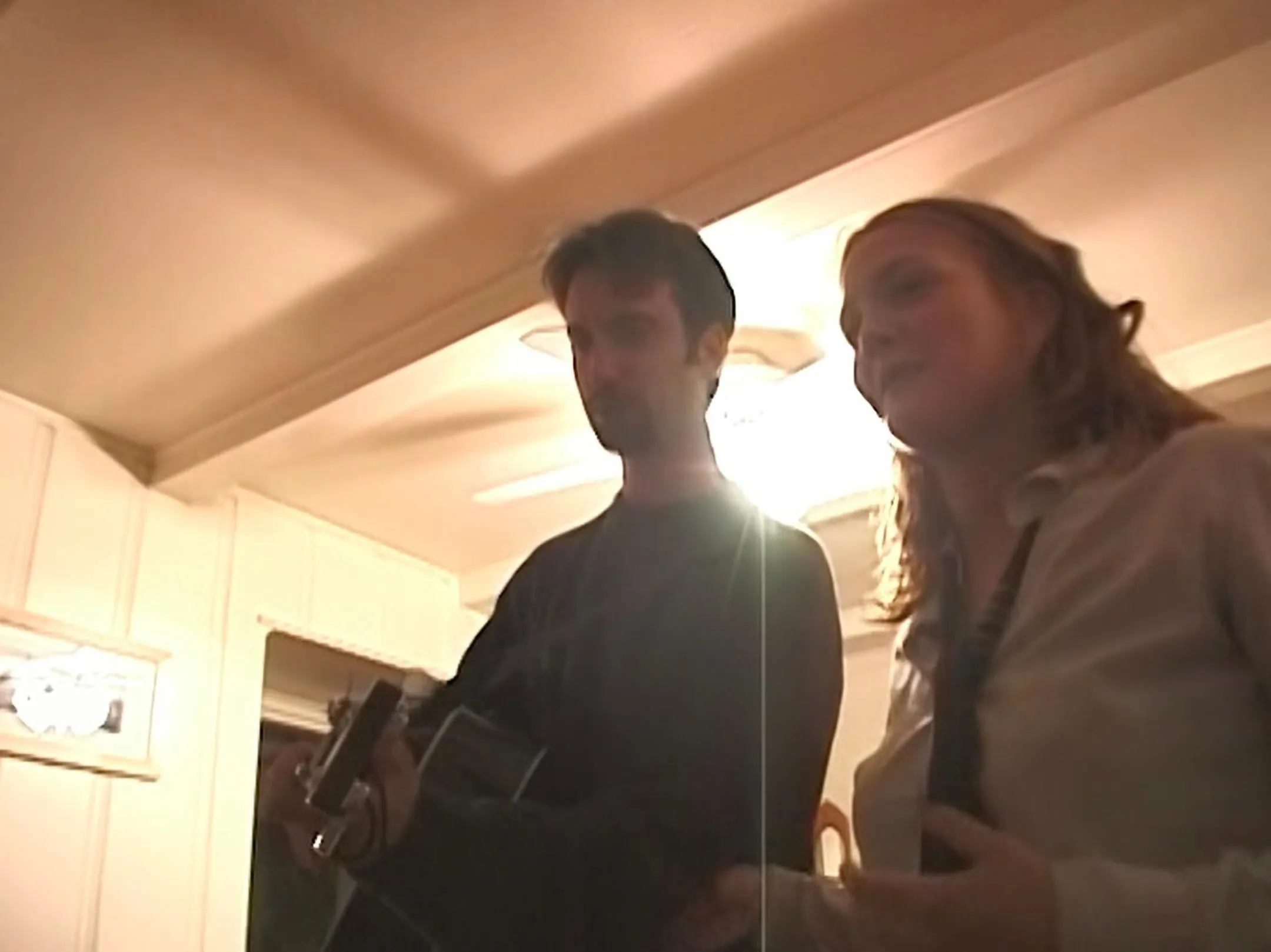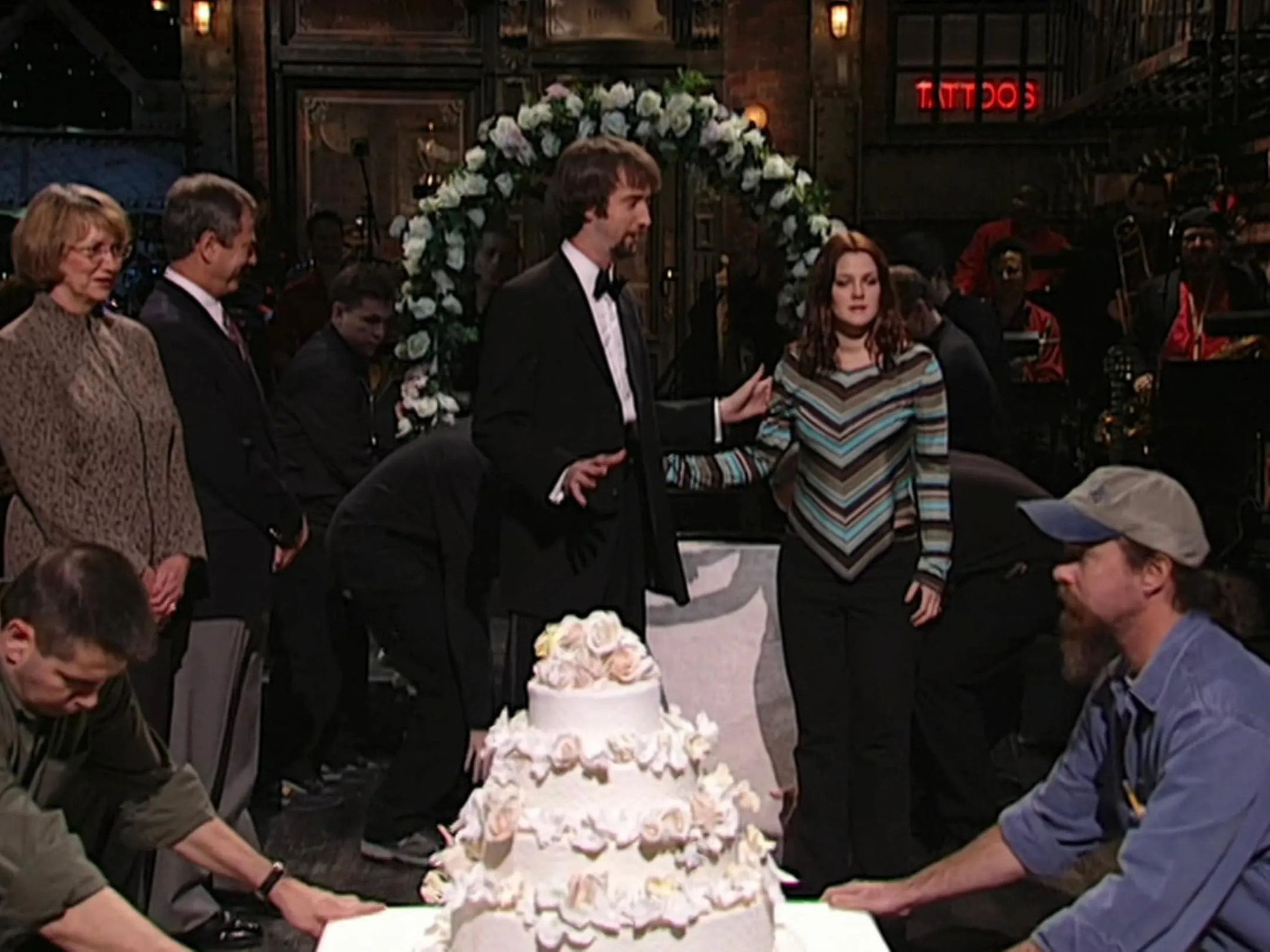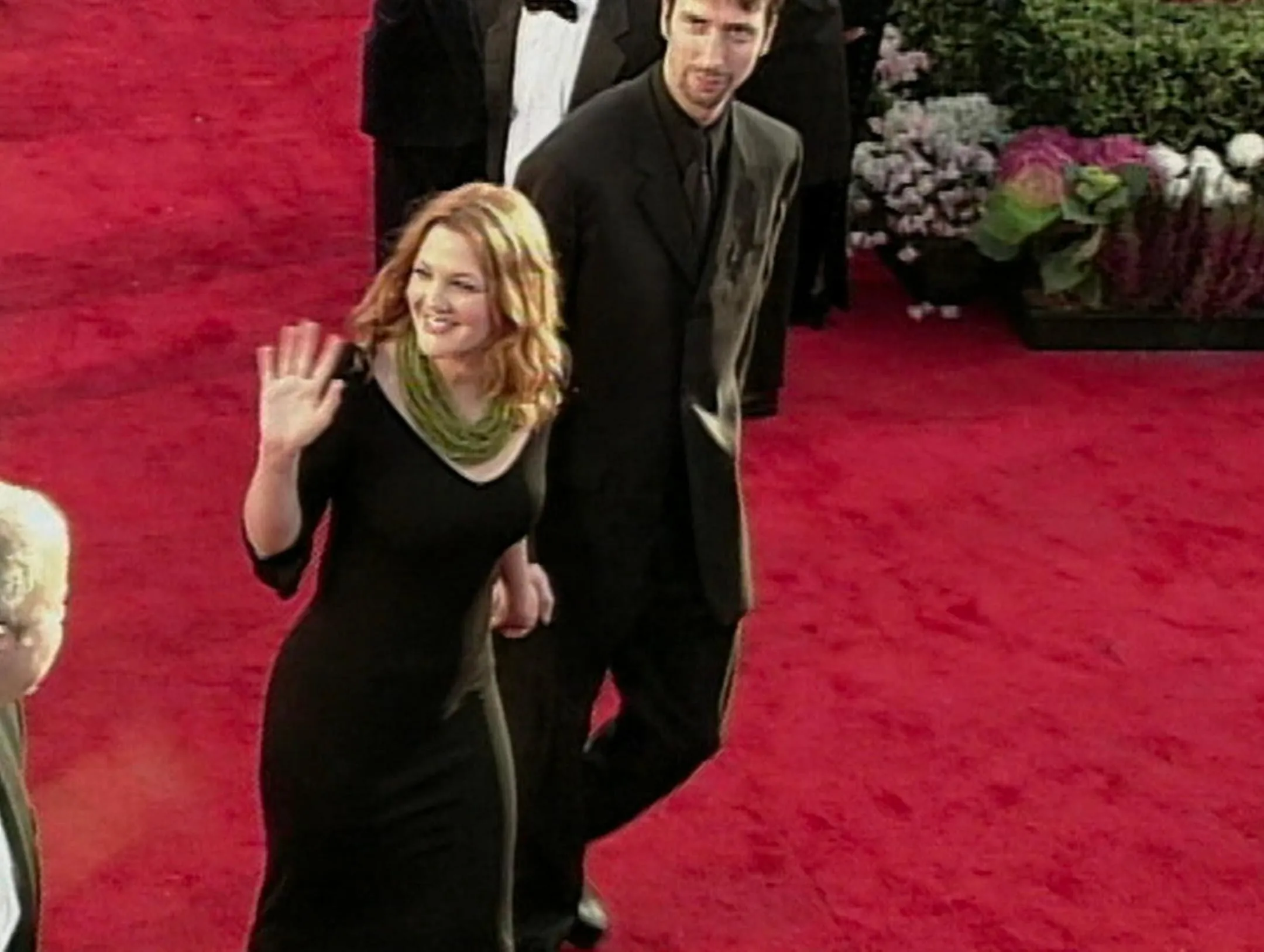A reflective chronicle unfolds in this self-portrait of Tom Green—an introspective reveal of a man whose existence has long oscillated between absurdity and soulful introspection. The film presents itself as an honest self-confrontation, a canvas where raw moments and archived memories converge to question the very nature of identity. Here, the playful jests of a defiant youth merge with the spectral remnants of a life that has known both raucous laughter and silent despair.
Tom Green emerges as a pioneer of unorthodox expression, his early days in the modest world of Canadian public-access television now reimagined under the scrutiny of time. The documentary invites its audience to witness not a mere recollection, but a meditation on the metamorphosis of self—a dialogue between a past festooned with outrageous antics and a present saturated with meditative candor. Flickering images of youthful exuberance, intimate exchanges with those who shared his formative path, and the visceral intensity of live moments all serve as incantations to the ceaseless search for meaning in a chaotic world.
In this reflective tapestry, echoes of forgotten laughter coalesce with questions of human fragility, stirring the quiet depths of existential thought while allowing the viewer to linger in a space both somber and luminous.
Emerging From Shadows: The Ascension of a Radical Troubadour
Tom Green’s narrative begins in the quiet recesses of a modest Canadian town, where the rough edges of suburban life merged with the experimental pulse of youthful ambition. In the dim light of local comedy clubs, he found a stage—a crude yet sincere space—where the echoes of stand-up routines resonated like the first tentative beats of a rebellious heart.
His early passions—an almost fevered interest in hip-hop rhythms, the skatepark’s precarious geometry, and a fascination with the electric charm of late-night television—laid a raw foundation for what would emerge as a distinctive voice in the realm of performance.
The transformation was stark when his early public-access videos captured a version of humor so unapologetically genuine that it could only be described as elemental. Each crude joke and spontaneous stunt carried an honest grit, evoking the existential struggle of self-expression within a society often bound by convention. The shift from isolated local recordings to the incandescent glare of MTV signaled more than a career move; it marked an evolution in a persona that dared to confront the absurdity of life itself.
In those early acts, his brand of performance was punctuated by unpredictable pranks and audacious sketches—moments that, while startling in their immediacy, hinted at a deeper search for meaning amidst chaos. As he stepped into the glare of the film industry, the stark transition from cable television to the curated veneer of Hollywood illuminated an ever-changing identity, one that bore the scars of personal triumphs and setbacks alike. The weight of high-profile associations and health crises intertwined with his public image, shaping a being constantly oscillating between stark vulnerability and a defiant spark of creative rebellion.
Reflections in Time: The Archive’s Intimate Echoes
This film utilizes an immense reservoir of footage—heaps of personal recordings and seldom-seen clips—to construct its narrative fabric. Each frame, captured long ago in spontaneous moments of raw creativity, shines a light on a past that remains as enigmatic as it is unforgettable. The archival material is not simply archival; it is a living testament to a period when creativity was forged under the weight of existence and expressed in spurts of unexpected humor and solemn introspection.
Tom Green directs his own story through a candid narrative style, providing a window into his inner workings. His voice, heavy with recollection and self-critique, overlays these images with moments of earnest humor and personal reflection.
As he revisits early works, his commentary oscillates between laughter and thoughtful uncertainty, revealing cracks in the armor of his public persona. These self-directed segments invite viewers to consider the nature of memory and transformation, prompting reflections on how time refines and redefines creativity.
In the midst of this visual diary, familiar faces—his family, old friends, and long-standing collaborators—appear in unscripted exchanges that hint at bonds and broken promises. Their interactions serve as a quiet reminder that behind the spectacle was once a person shaped by both affection and conflict.
The intermixing of chaotic, unguarded footage with measured, present-day interviews creates an interplay between fleeting moments and steady passage of years. This layered editing captures the wild tempo of youthful exploits next to a calm, sometimes somber appraisal of the self. The film’s rhythm, marked by shifts in tone and tempo, reflects an honest inquiry into the impact of past choices on present identity, inviting viewers to examine their own recollections of forgotten days.
Transfigured Humor: The Metamorphosis of an Icon
Tom Green’s comedic expression appears to have stepped through a mirror, emerging transformed from its earlier shock-driven form into a voice laden with introspection and subtle irony. The work reveals a pronounced shift, where the wild stunts and crude provocations that once defined his acts now echo as ghostly remnants, their force diffused into quietly measured wryness and ironic self-awareness. One finds in the film moments when his laughter, tinged with a sorrowful glimmer, becomes an indicator of his growth, a refusal to remain shackled to extremes that once seemed indispensable for eliciting a reaction.
Personal trials cast long shadows over this evolution. The specters of fleeting triumph in Hollywood, the weight of health crises, and the inevitable reckoning with mortality have compelled a transformation in his creative craft. Through these episodes of fragility, the man behind the laughter emerges, his vulnerability intermingled with flashes of absurdity that serve as symbols of a life lived at the edge.
The documentary suggests that his earlier pursuits, marked by abrupt shocks and irreverence, have gradually given way to a form of humor that recognizes the unbearable heaviness of existence while offering a wry nod to the absurdity of human suffering.
In the unfolding narrative, one discerns how his pioneering steps in early video and live performance resonate with the current wave of digital creators. His experiments with spontaneous recording and unregulated presentation presaged a new era where content is both an immediate reaction and a reflective mirror of societal disquiet.
Within this framework, his artistic vision is not static; it is an evolving reflection—a constant interplay between self-criticism and celebration, between the desperate need to provoke and the quiet urge for understanding that lingers in the twilight of his public persona.
Shadows and Echoes: The Mirror of Media
The film presents motifs of reinvention and stark honesty with a reflective intensity that captures the elusive nature of celebrity and the unstoppable force of media change. Its thematic core contrasts wild humor with a deeply personal candor, laying bare the tension between flamboyant self-display and the need for genuine self-recognition. Here, the dissonance between a past filled with riotous escapades and a present marked by cautious self-exploration gives voice to an internal struggle that mirrors the human condition.
Throughout the film, the tone shifts like fragments of a fractured mirror. Moments of frenetic energy recall the madcap spirit of early experiments in performance, while quieter passages invite contemplation and hushed confessions. The narrator’s voice, at times laced with a sharp wit and other times dipped in quiet introspection, paints a picture that is both humorous and haunting.
Visually, the documentary plays with structure through a careful use of split screens and bold juxtapositions. Archival snippets are intermingled with recent interviews in a rhythmic dance of images that mirror the erratic pulse of a storied career.
The cadence of editing, punctuated by bursts of music and unexpected visual transitions, creates a feeling of both chaos and careful design. The overall storytelling rhythm captures the ceaseless interplay between reckless performance and introspective reminiscence, inviting viewers to confront the ambiguous interplay between artifice and authenticity, laughter and quiet despair.
Legacy in the Shadows: Reflections on an Outlaw Icon
In these final images of a life reshaped by tumult and tender reckonings, Tom Green emerges as a tempered force, his earlier wild audacity now refracted through layers of introspective haze. His existence, once marked by uncontained antics, has transmuted into a self-assessment fraught with the scars of former excess and whispers of quiet redemption.
The film, a compendium of moments both jubilant and painful, offers an account that encapsulates the strenuous passage from unruly performance to deliberate reflection. His early experiments with raw video spirit reverberate in the pulsating lifeblood of modern digital expression, asserting an imprint that quietly persists amid shifting creative landscapes.
The recollections shimmer with the residue of fleeting Hollywood triumphs and silent nights haunted by vulnerability, sketching out a legacy that contemplates the cost of self-creation, even as the narrative lingers in a state of thoughtful, open-ended inquiry.
Full Credits
Director: Tom Green
Writer: Tom Green
Cast: Tom Green, Mary Jane Green, Phil Giroux, Howard Wagman, Glenn Humplik, Greg Campbell, Chris Mullington, Boogie Bradley
The Review
This is The Tom Green Documentary
Tom Green’s documentary stands as a probing examination of a man suspended between unruly youth and reflective maturity—a chronicle of transformation marked by humor interlaced with melancholy. The film's shifting meditations on identity reveal the weight of creative reinvention through a mosaic of raw imagery and introspective commentary. It leaves one questioning the price of self-creation and the tenuous nature of public persona in an ever-disorienting media landscape.
PROS
- Showcases authentic archival footage and intimate self-examination
- Reveals the evolution of a unique comedic style
- Combines humor with philosophical introspection
- Creative, self-directed narrative that offers fresh insights
CONS
- May challenge viewers unfamiliar with Green's earlier work
- Inconsistent tone may confuse some audiences
- The reflective pace might not satisfy fans expecting constant comedy
- The dual narrative can feel fragmented at times




















































